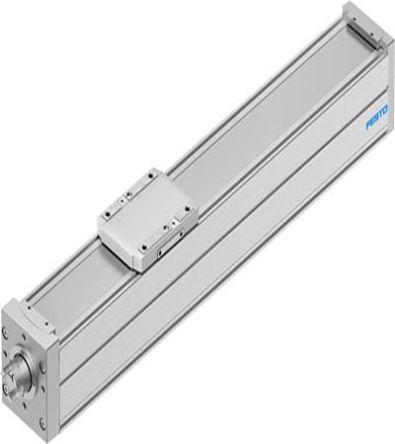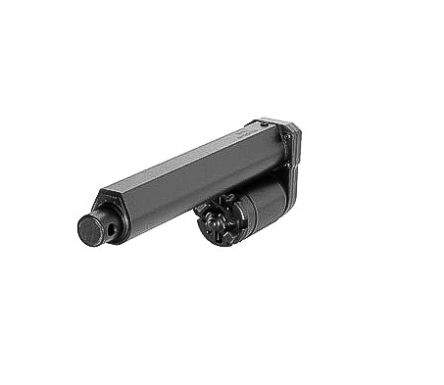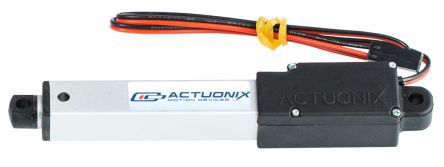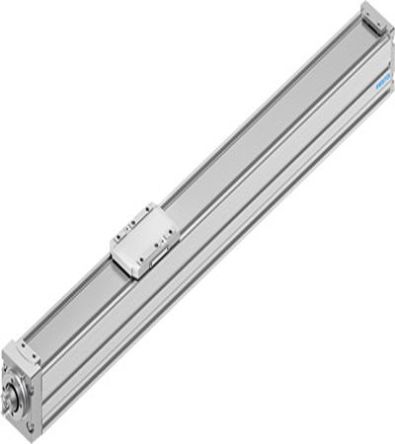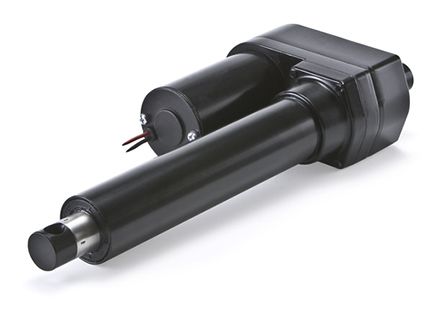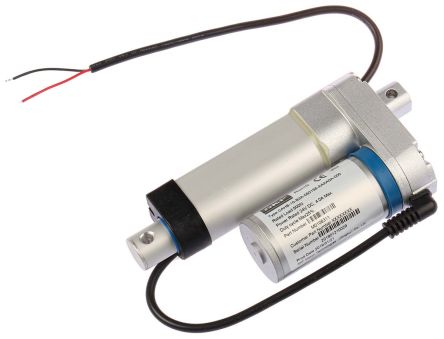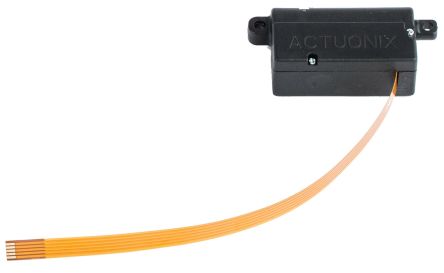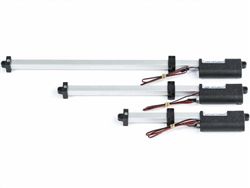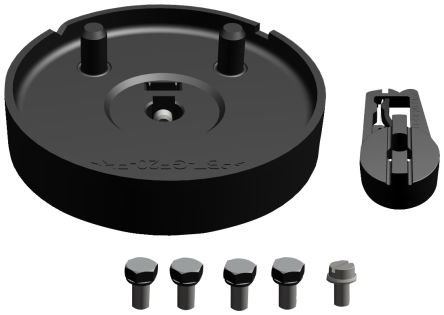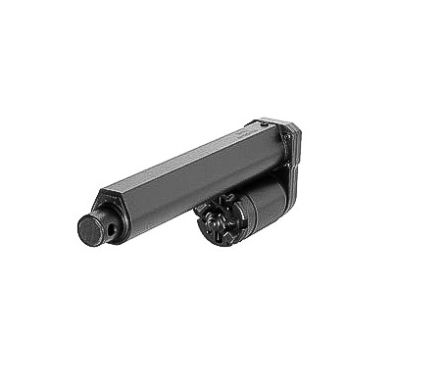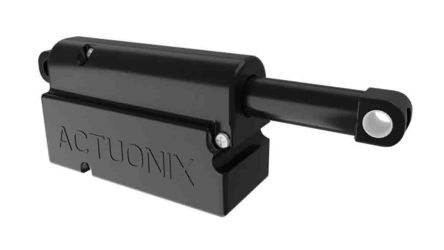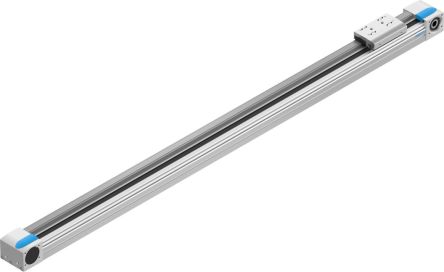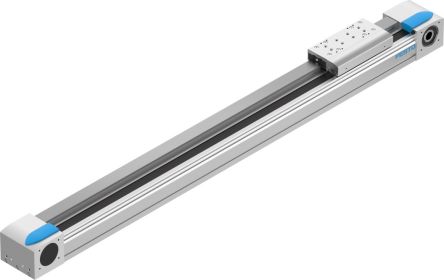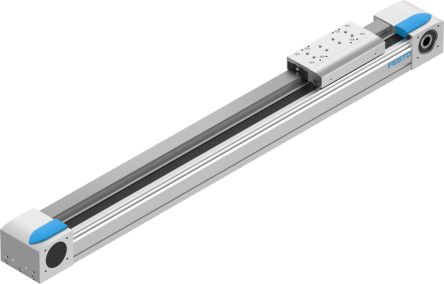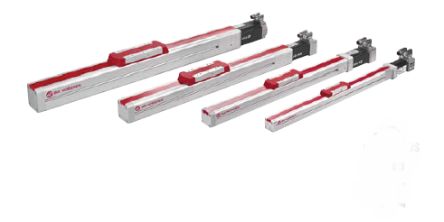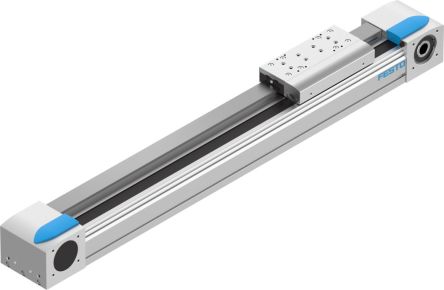- Automation & Control Gear
- Cables & Wires
- Enclosures & Server Racks
- Fuses & Circuit Breakers
- HVAC, Fans & Thermal Management
- Lighting
- Relays & Signal Conditioning
- Switches
- Batteries & Chargers
- Connectors
- Displays & Optoelectronics
- ESD Control, Cleanroom & PCB Prototyping
- Passive Components
- Power Supplies & Transformers
- Raspberry Pi, Arduino, ROCK, STEM Education & Development Tools
- Semiconductors
Electric Linear Actuators
Electric Linear Actuators are a type of actuator that converts energy and signals into a linear motion, in other words a backward or forward motion. This linear motion is then used to tilt, lift, push or pull an object where force is required. This can be done through electrical AC and DC motors, or hydraulics and pneumatics.
How do Electric Linear Actuators Work?
Installation of an electric linear actuator is very simple. The electric motor is connected to the linear actuator enabling the energy to turn the screw via gears which converts the motion into linear movement via the main shaft or spindle on the actuator. Ball screws are ideal for applications that need precise control and positioning, while roller screws are better suited to high forces. One of the main differences between actuators is the stroke, this is the length of the screw and the shaft.
Applications of Electric Linear Actuators
Electric linear actuators are used across industry and manufacturing. In factory automation, industrial machinery, food & beverage, machine tools, packaging, the automotive sector and robotics. The choice of actuator will very much depend on the specific requirements of the industry.
Benefits of an Electric linear actuator
Simple design and flexibilityEasy to integrate with other systemsPrecision and accurate controlReduced operating costs Energy efficient electric system
What to consider before buying a Linear Actuator?
You need to consider a number of parameters before you decide on a specific actuator type, such as the force, speed, and the weight you need your actuator to push or pull. These considerations will ensure you choose the correct actuator for your application.
